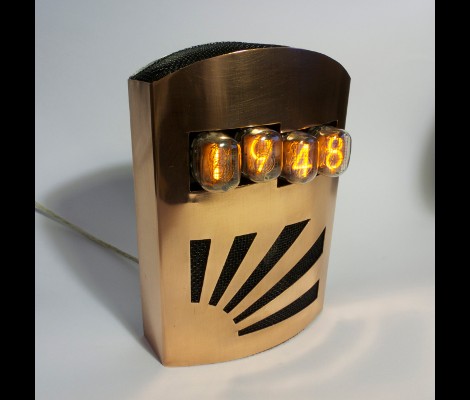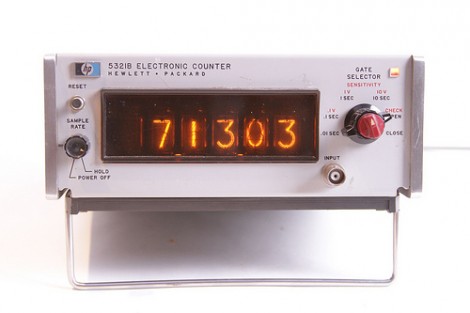
We’d like to dig around in [Small Scale Research’s] parts bin. Apparently there’s good stuff in there because he managed to build this Nixie tube clock using mostly leftovers.
The chip driving the device is an ATtiny1634. We weren’t familiar with it so here’s a datasheet (pdf) if you’re curios as well. The microcontroller communicates with an old GPS module in order to keep perfect time. There is an external antenna for it which connects through the hole next to the red switch seen above. The high voltage driver is a repurposed backlight inverter which is fed 12V power from an old laptop supply.
The album linked above shows the build quite well and even includes full schematics. There are some fireworks when he encountered an issue with a pretty large cap shorting to a resistor leg. If this isn’t enough juicy detail for you there are a few more nuggets shared in the Reddit comments.
















